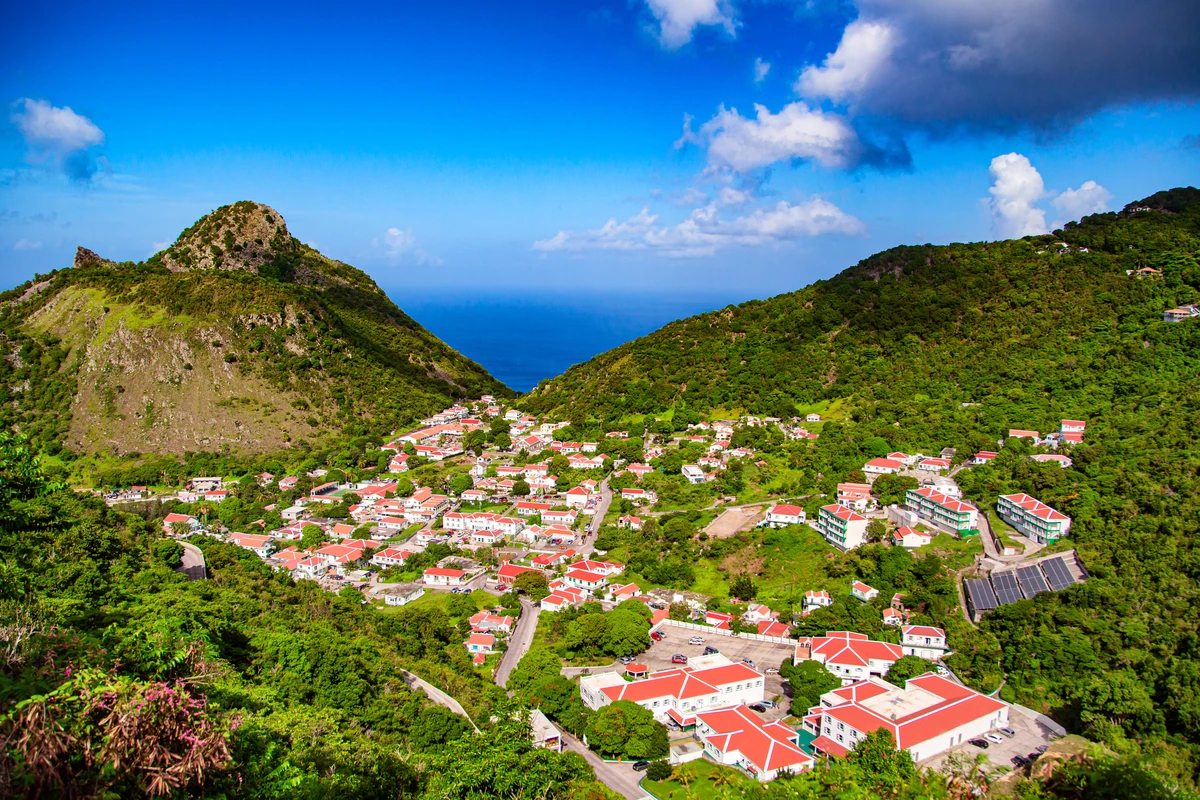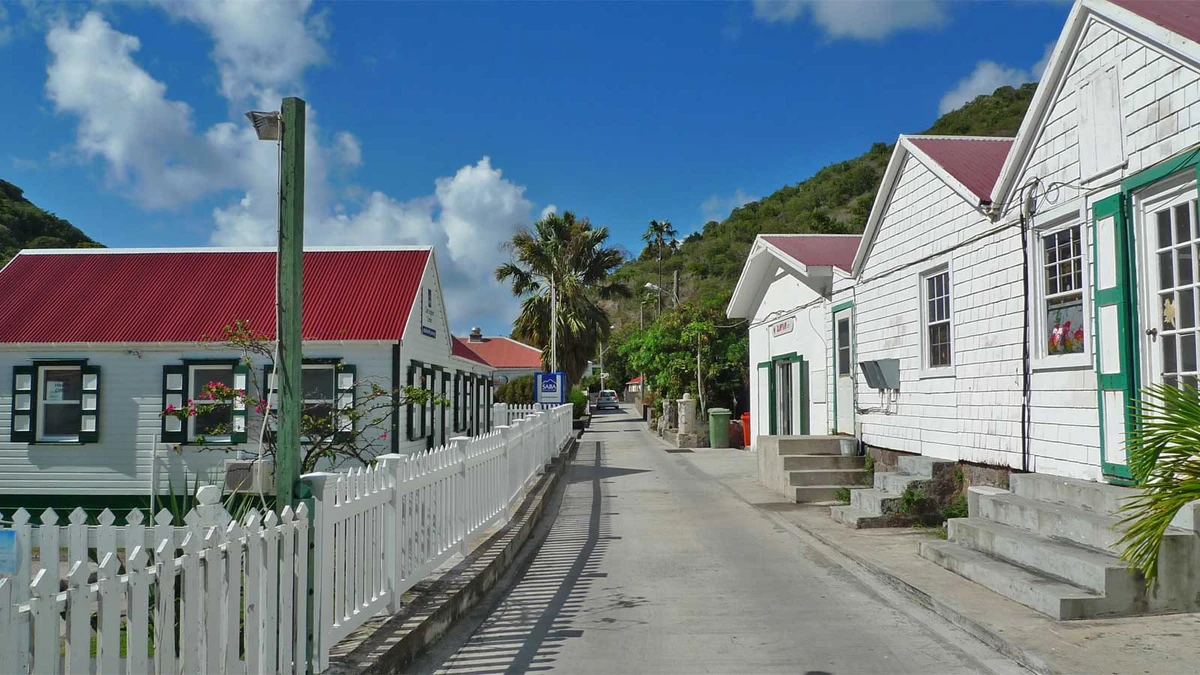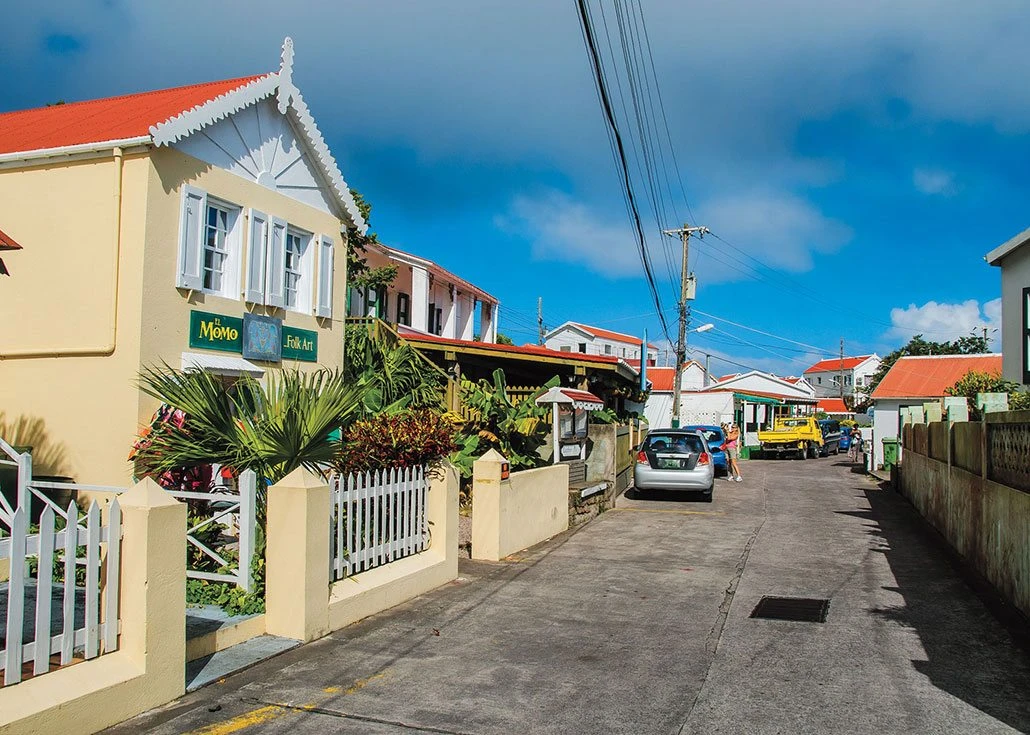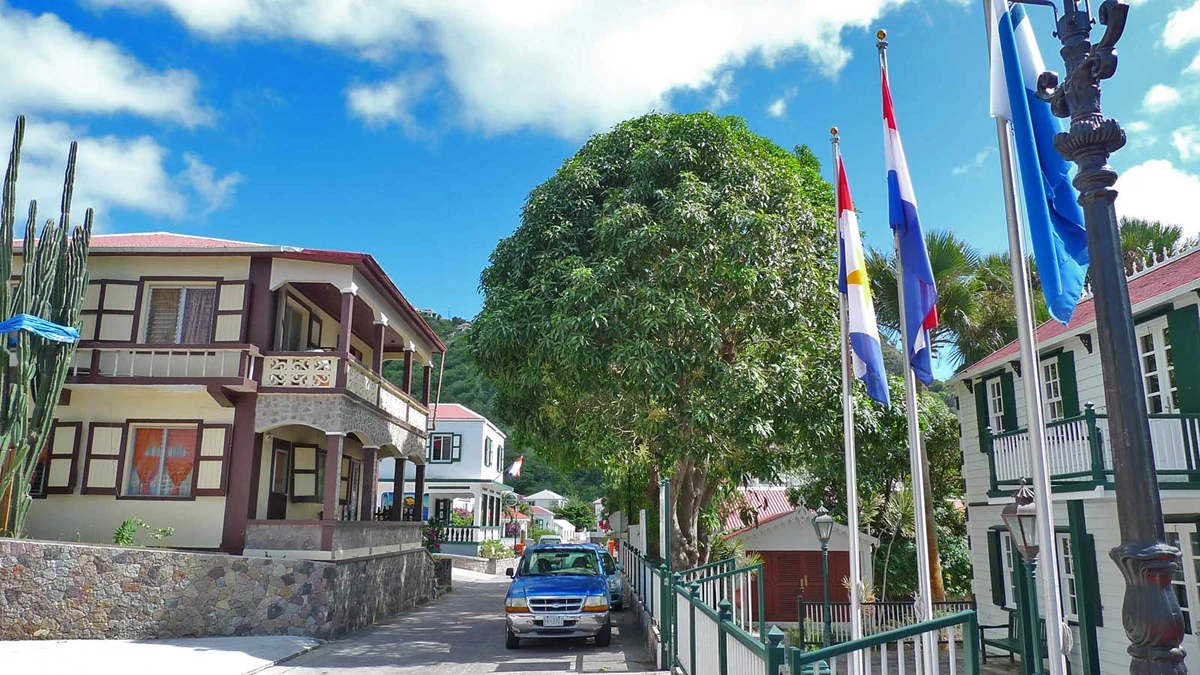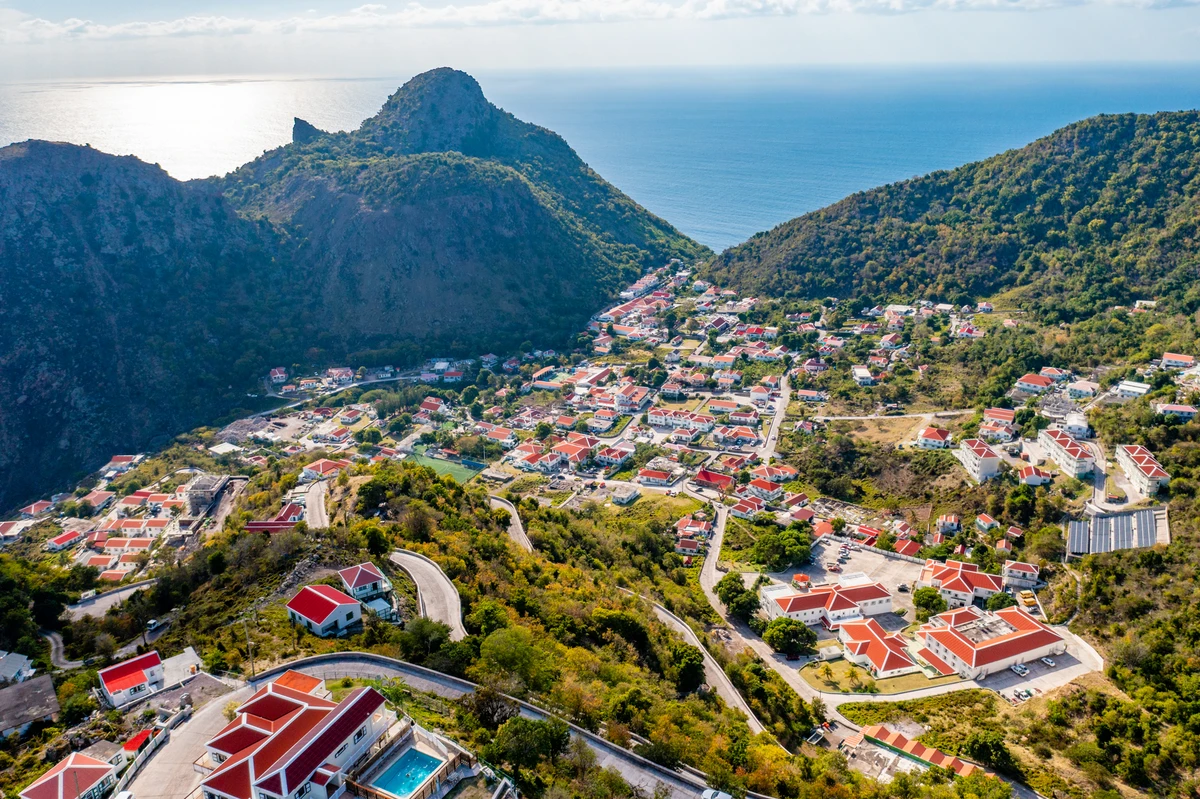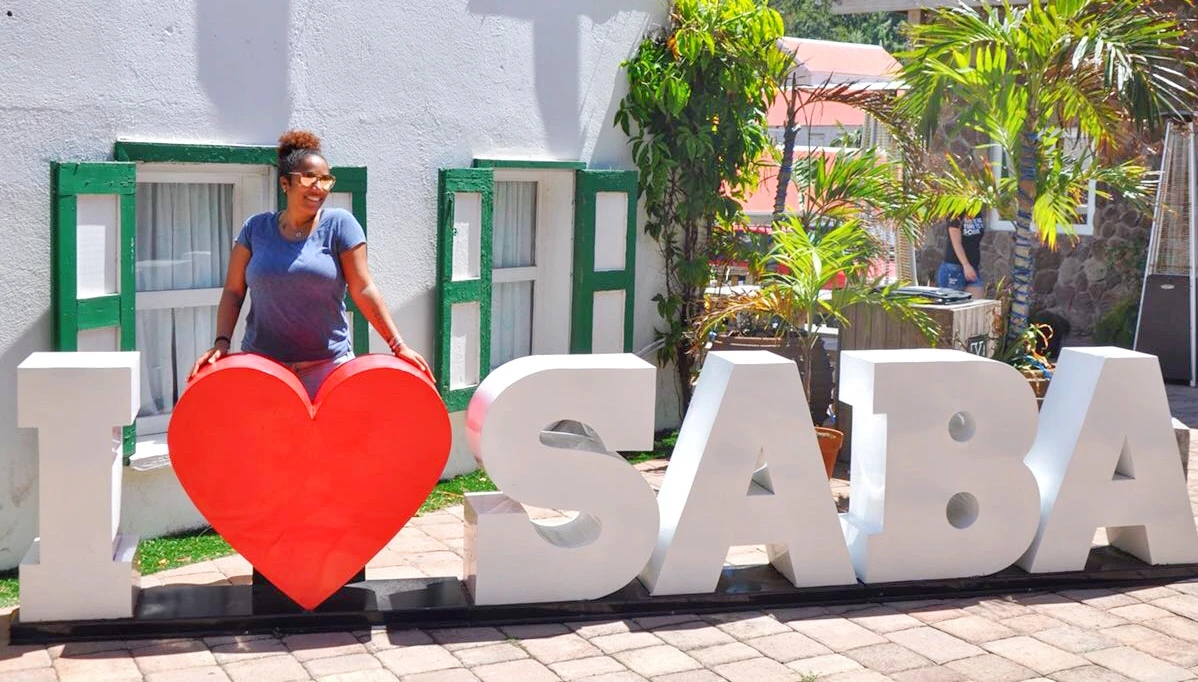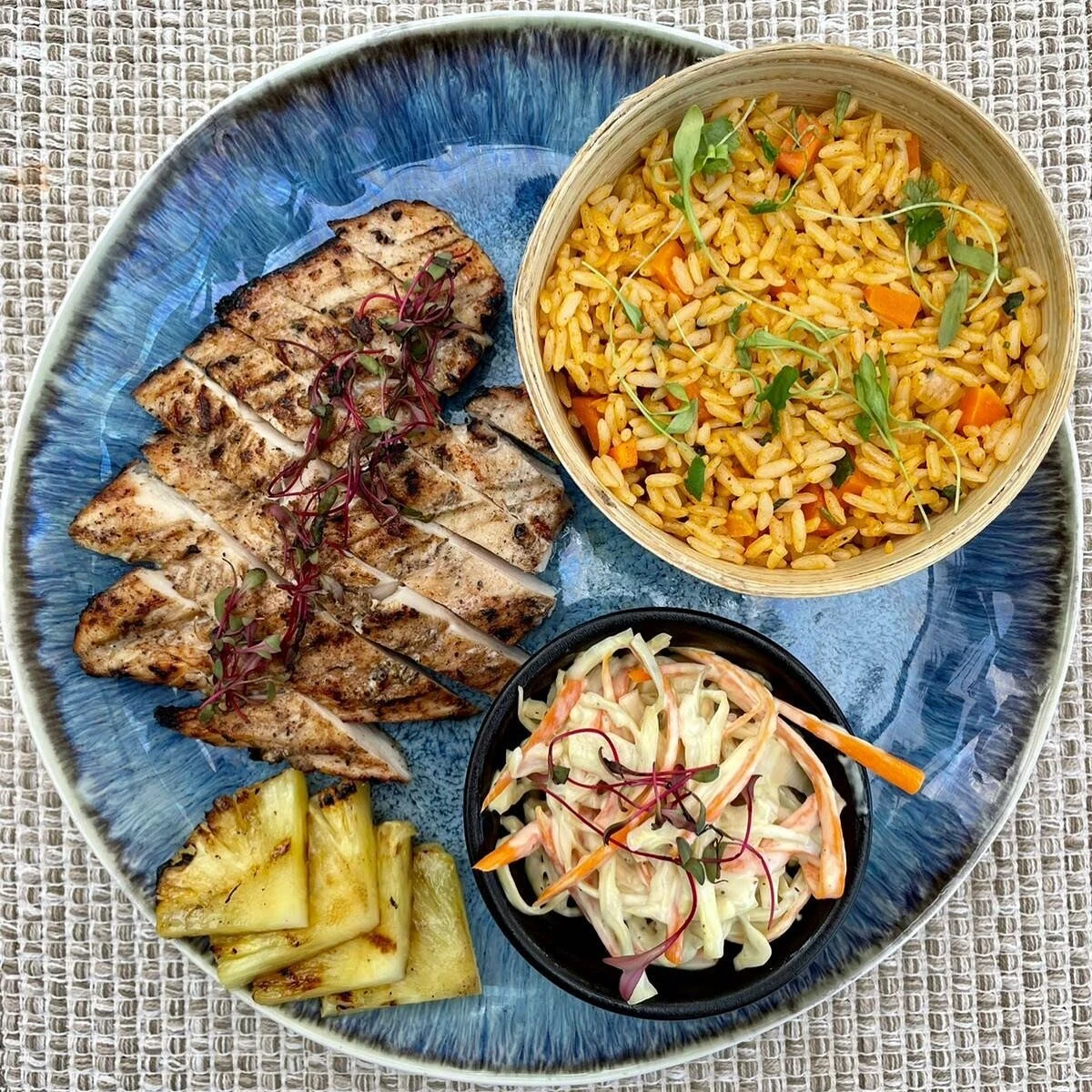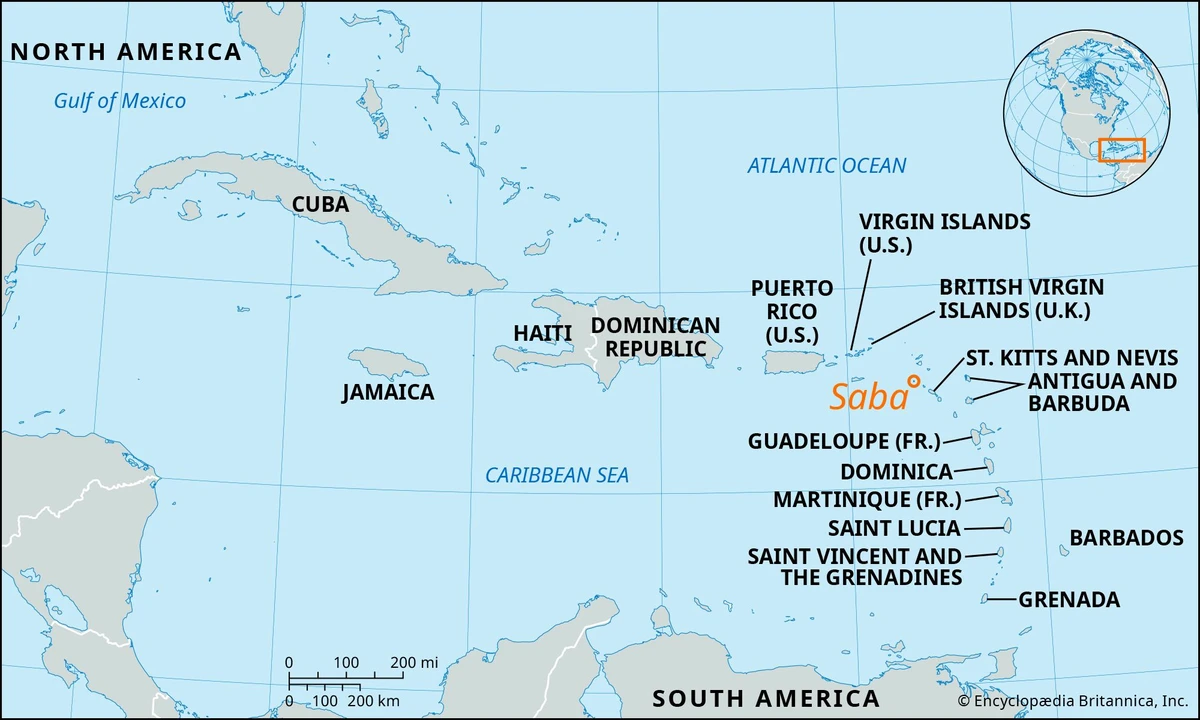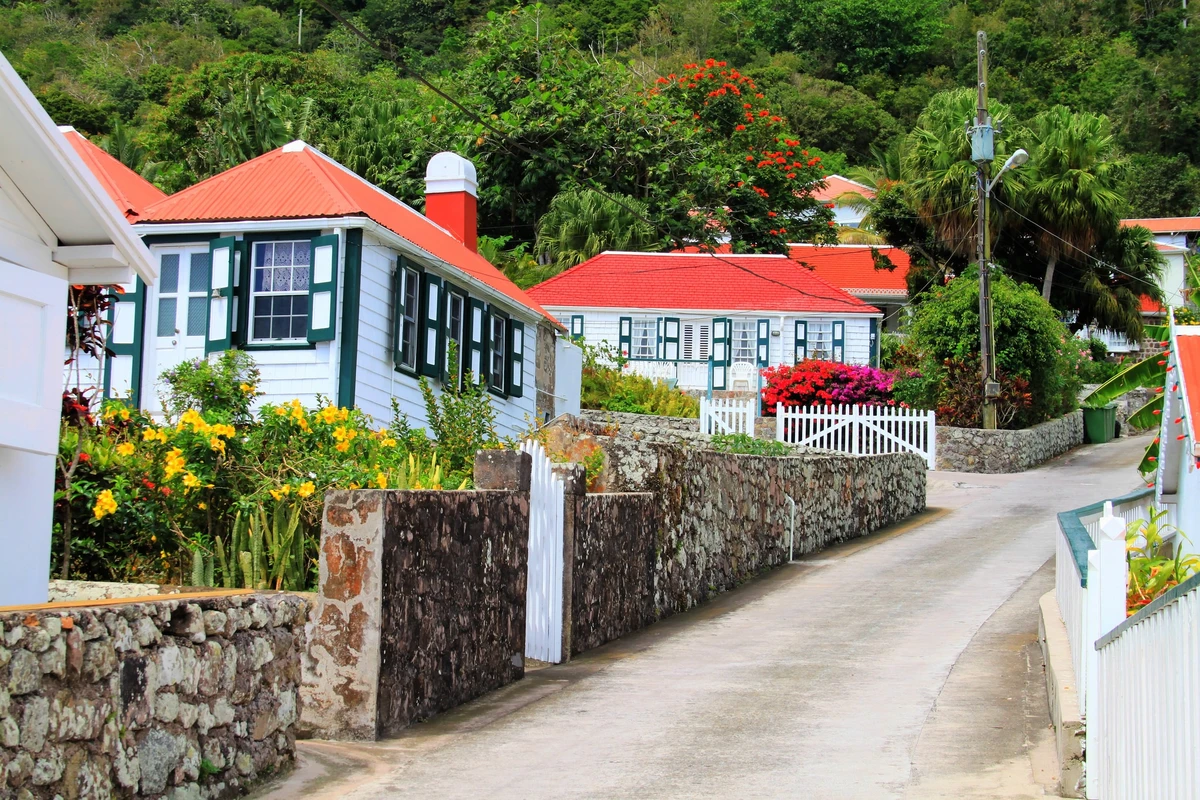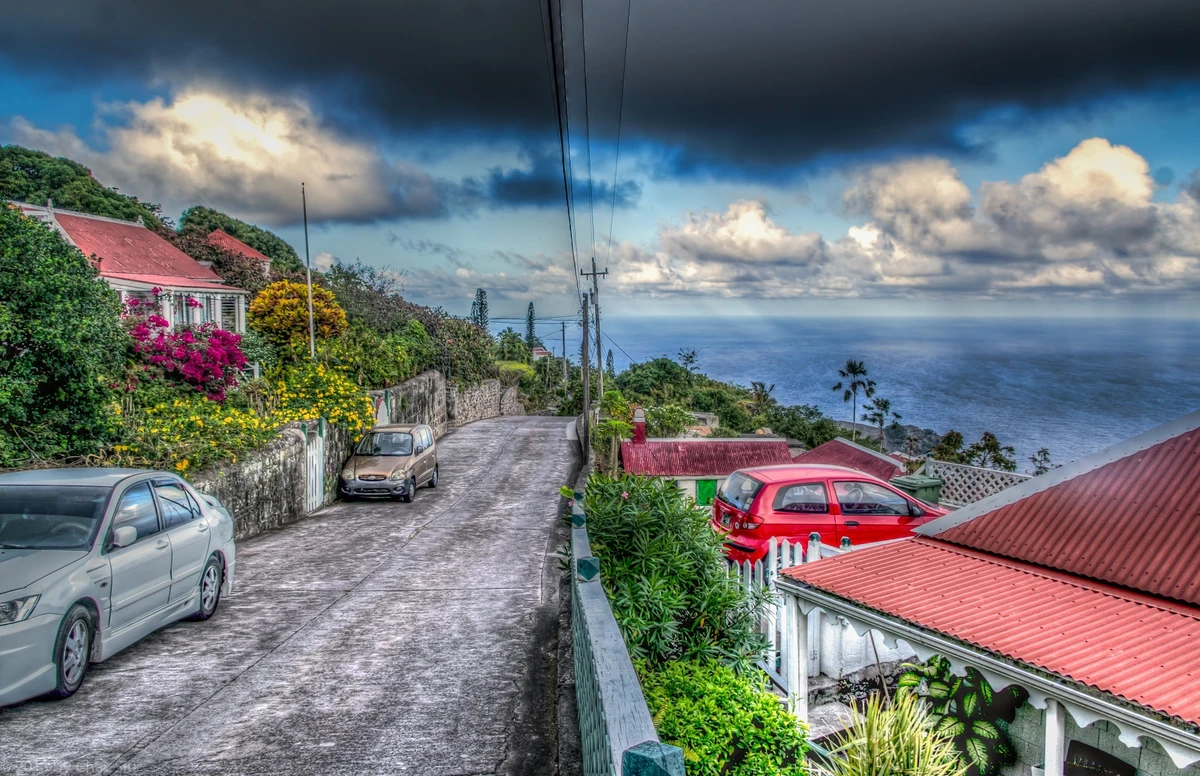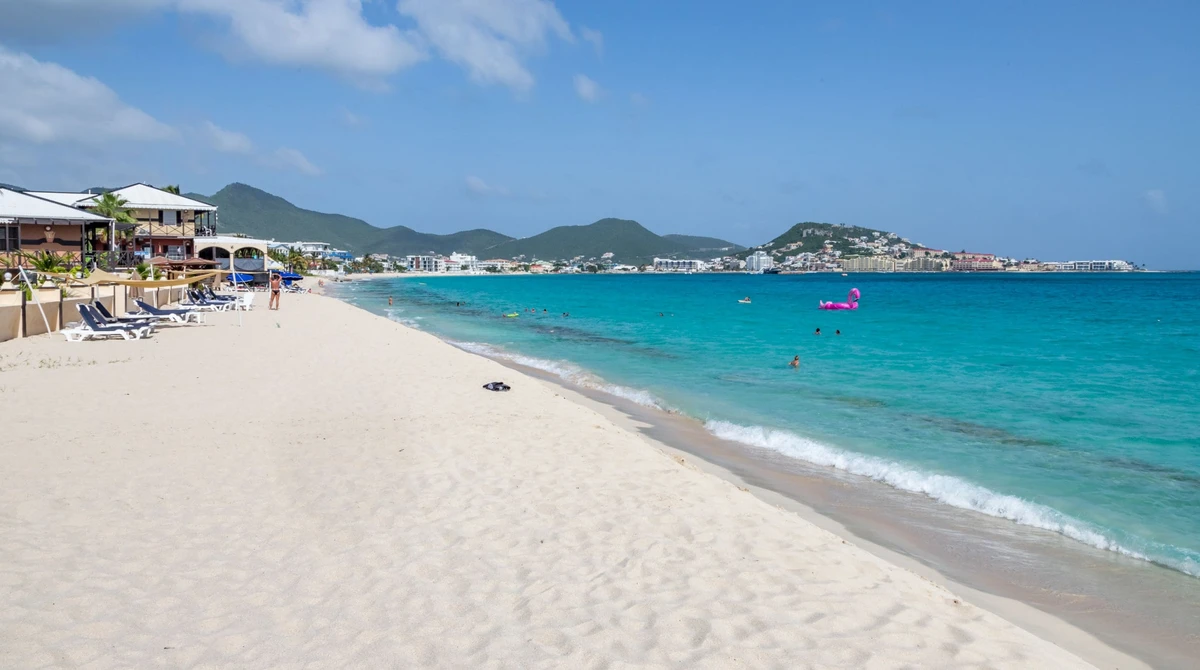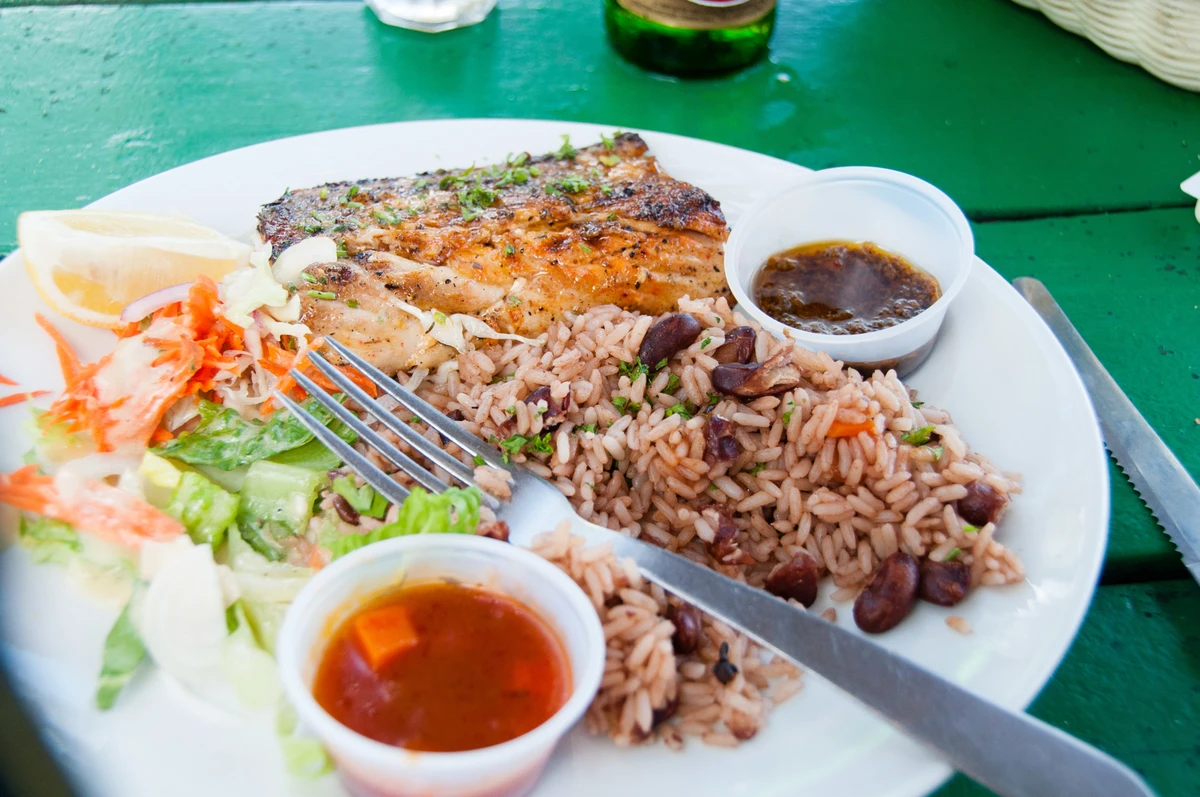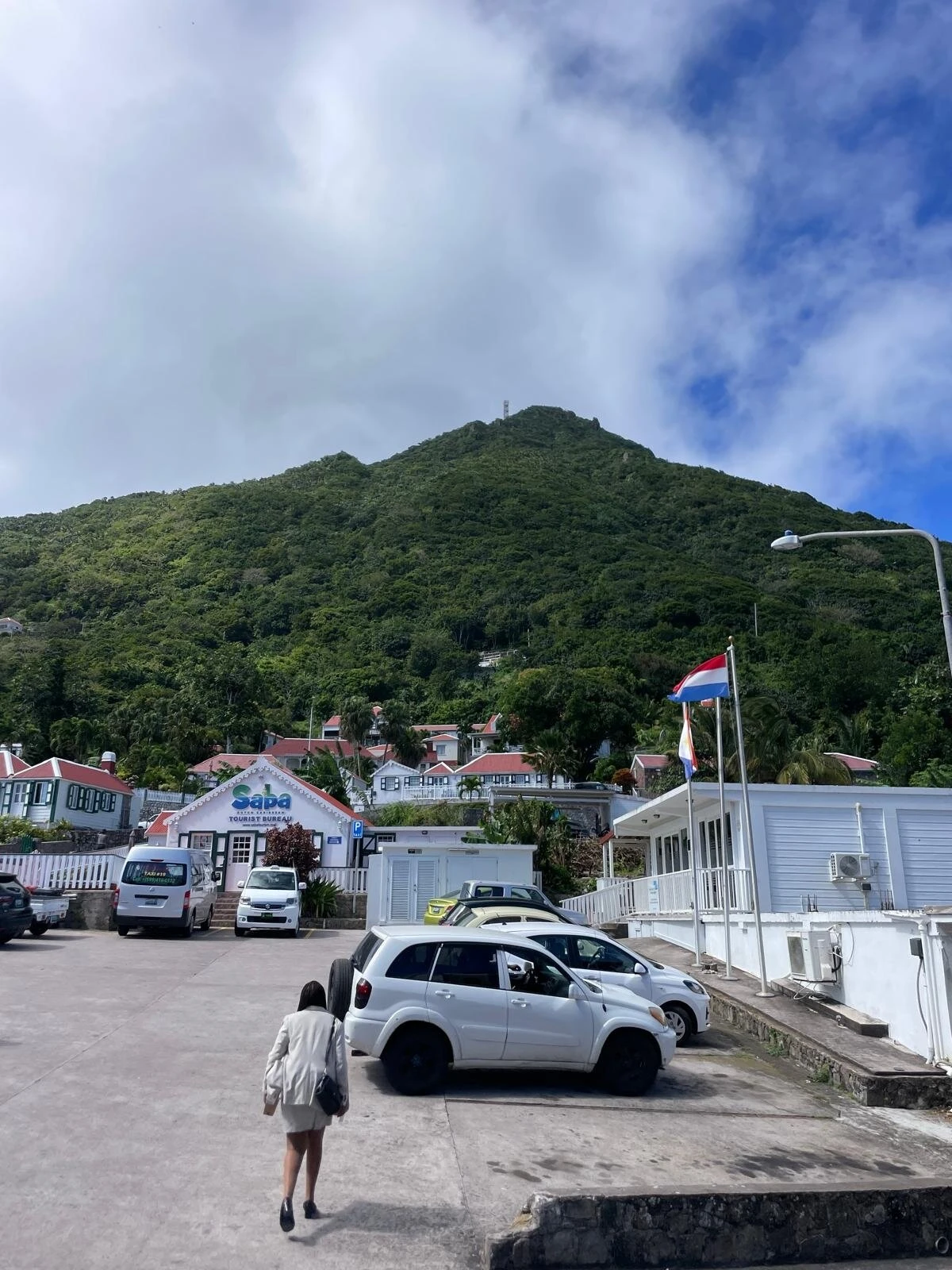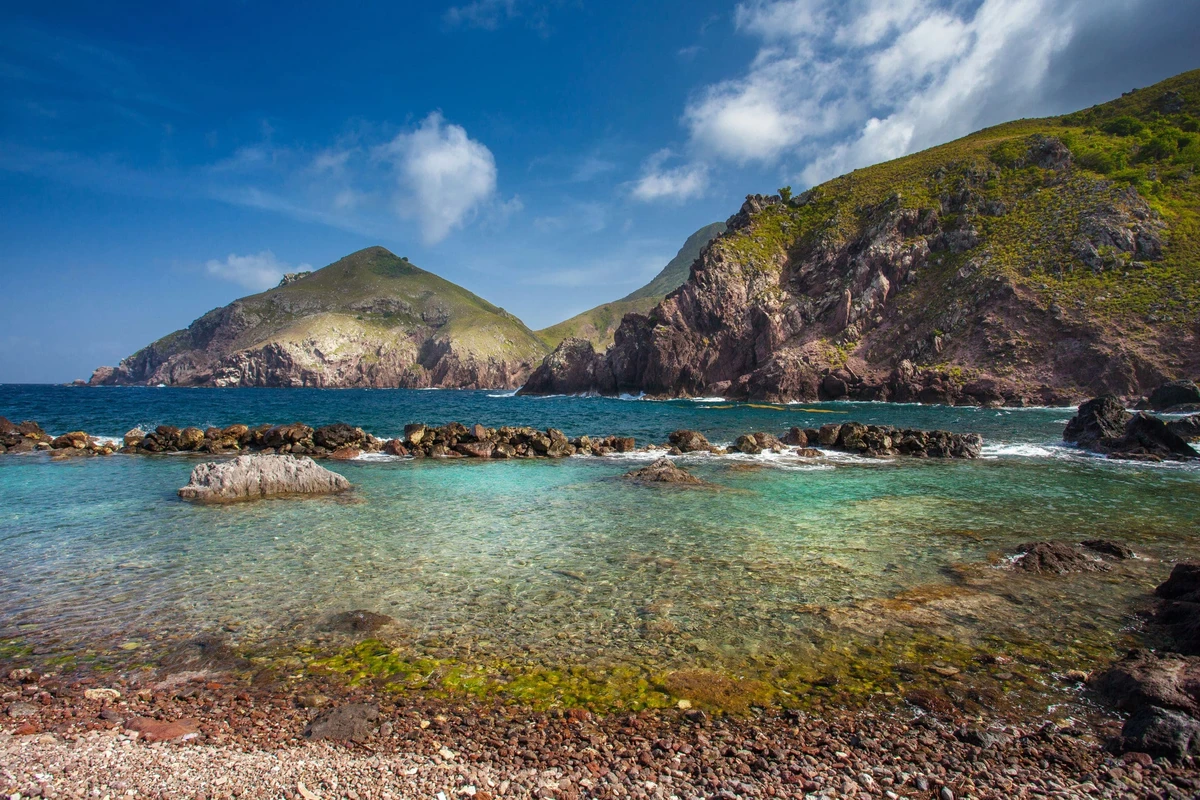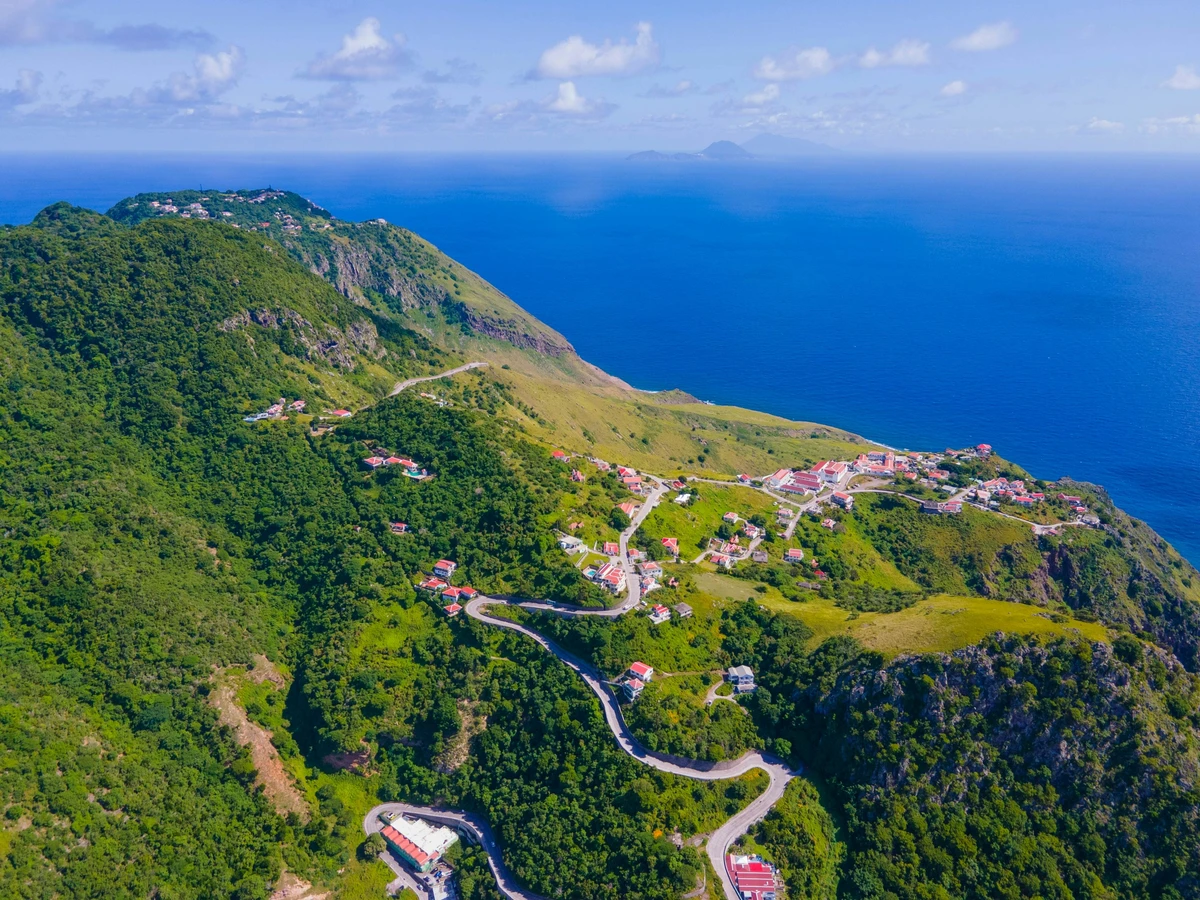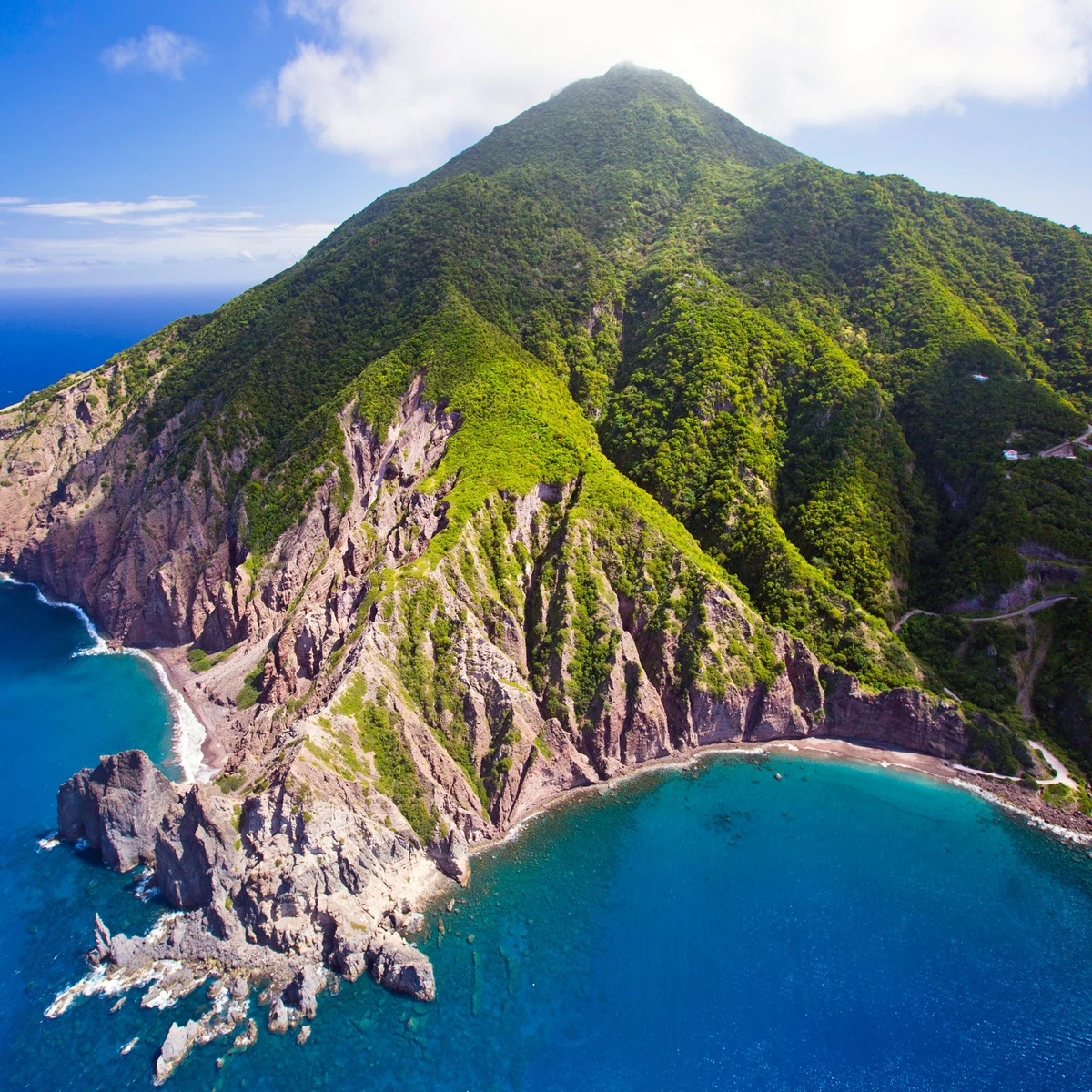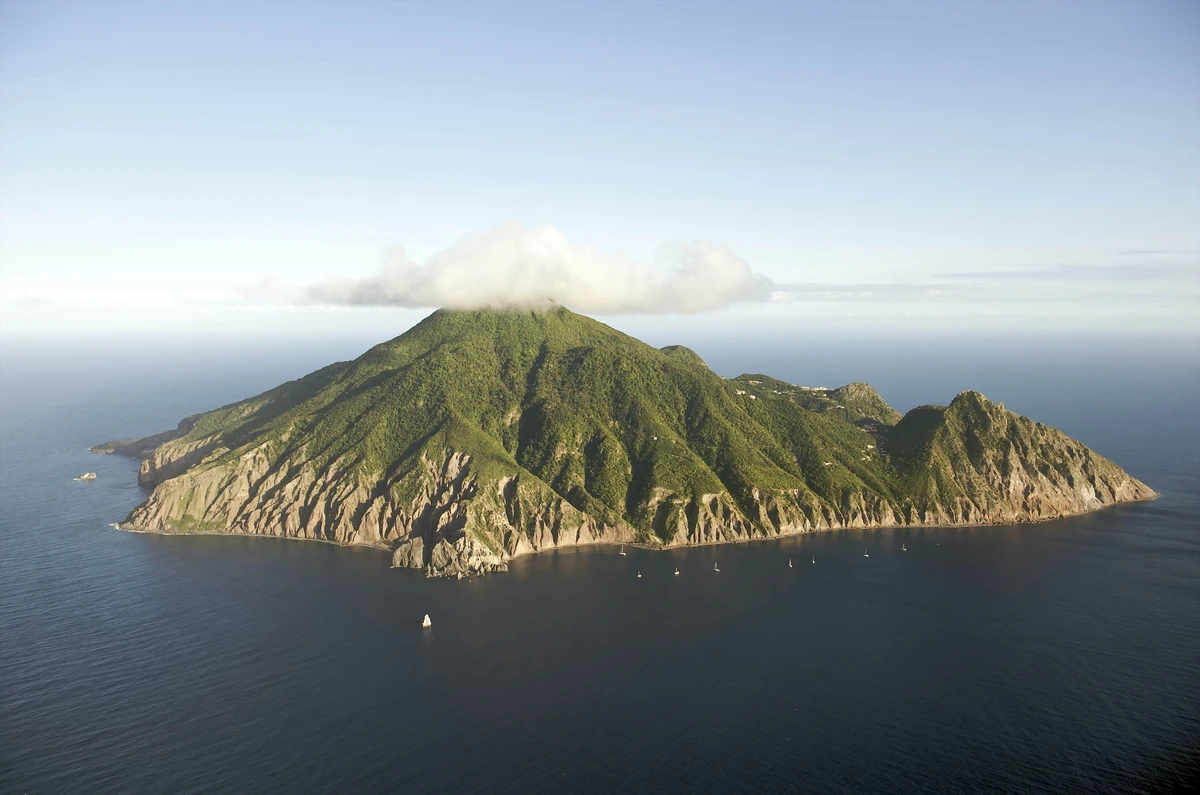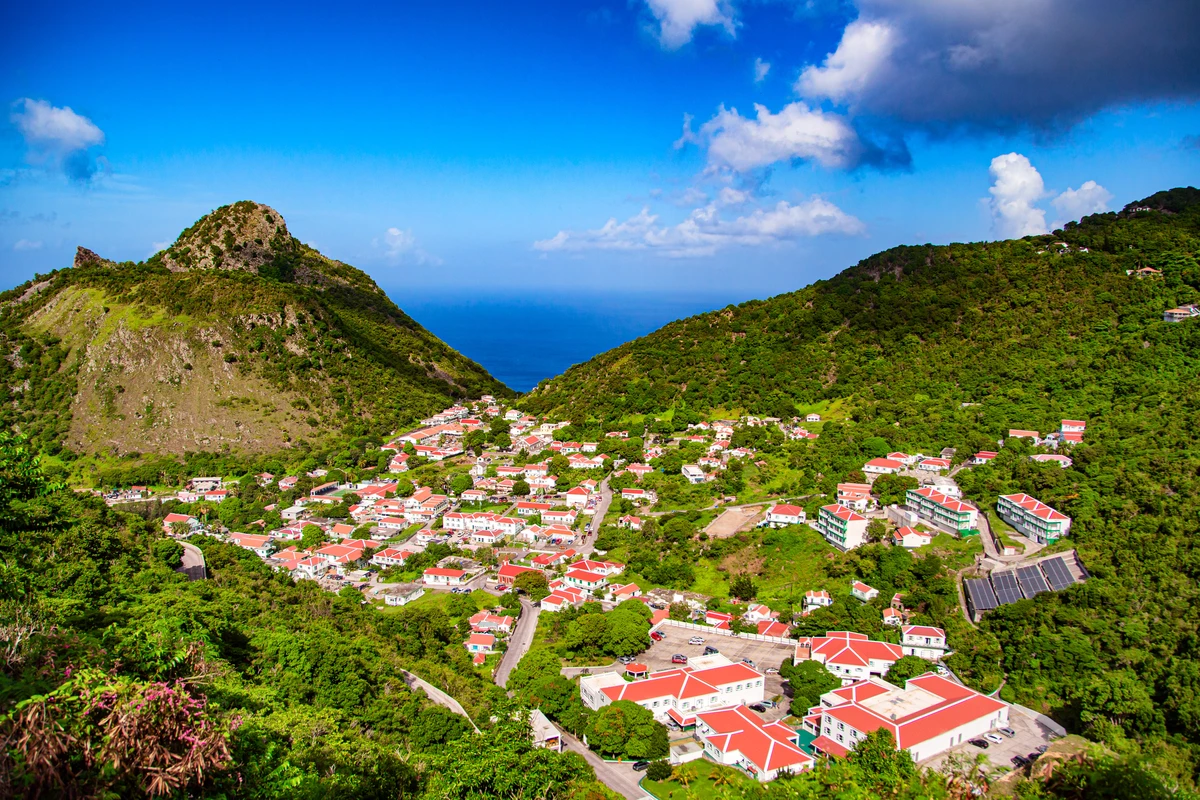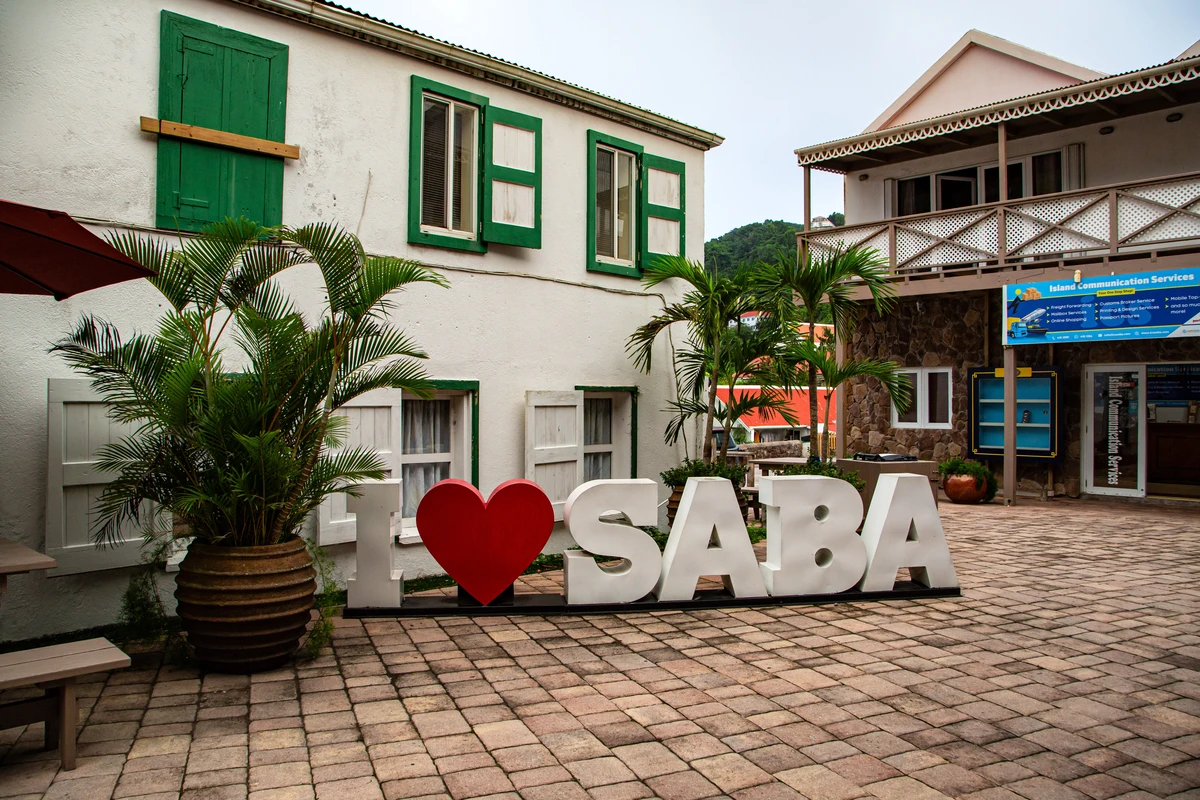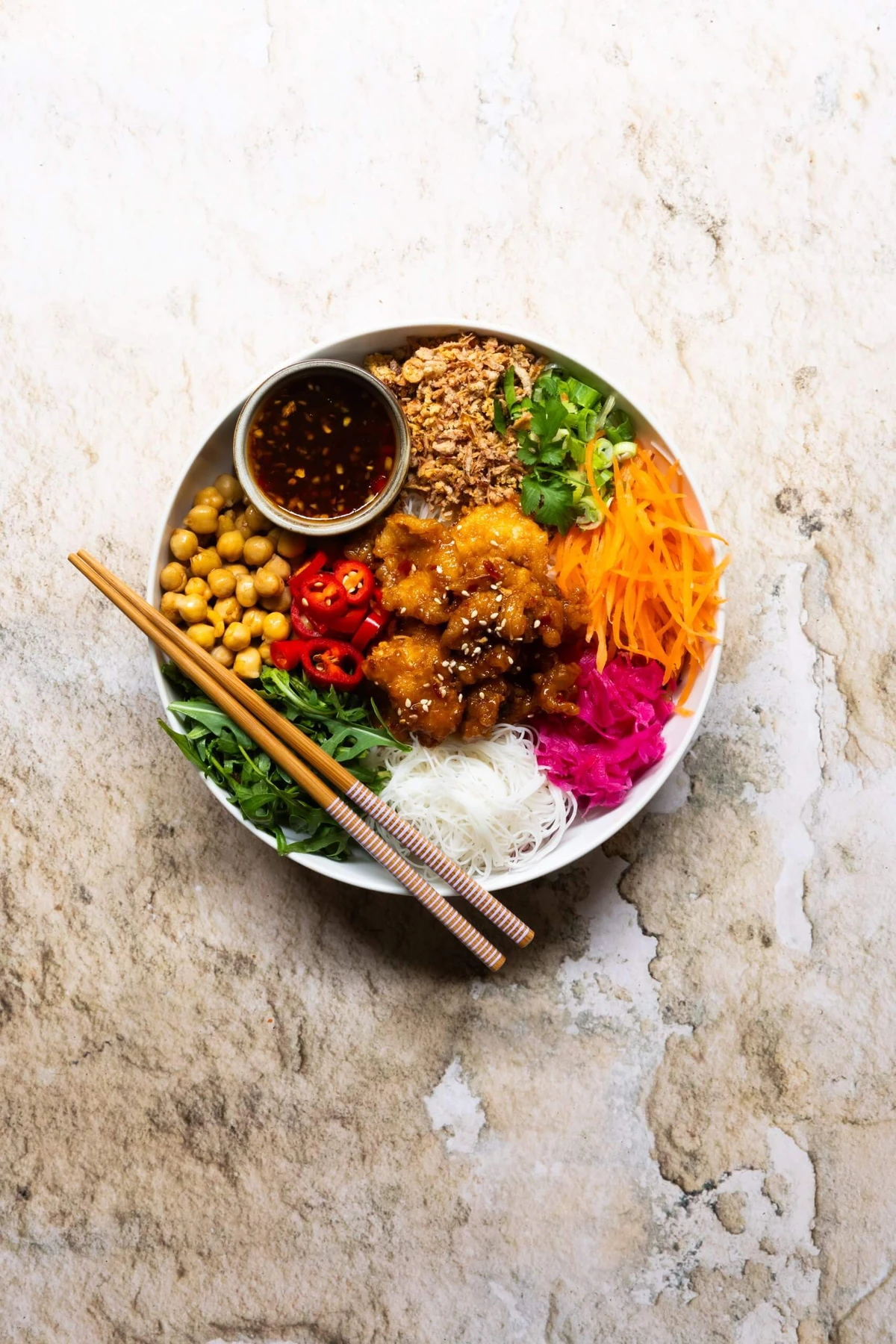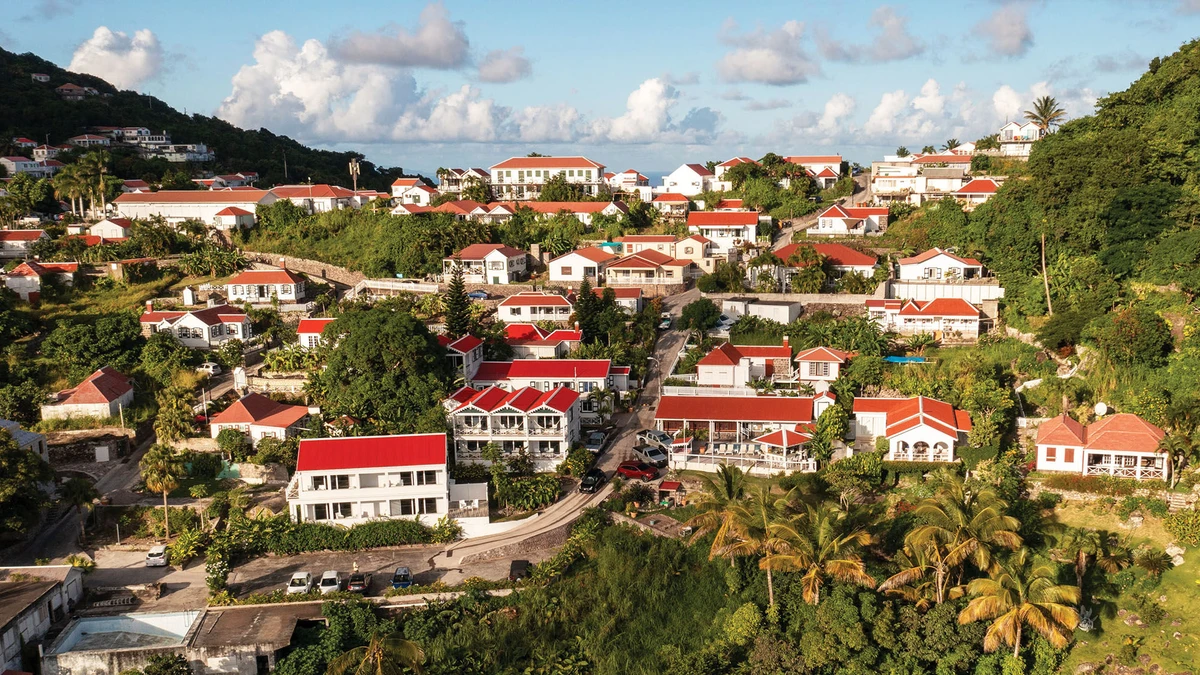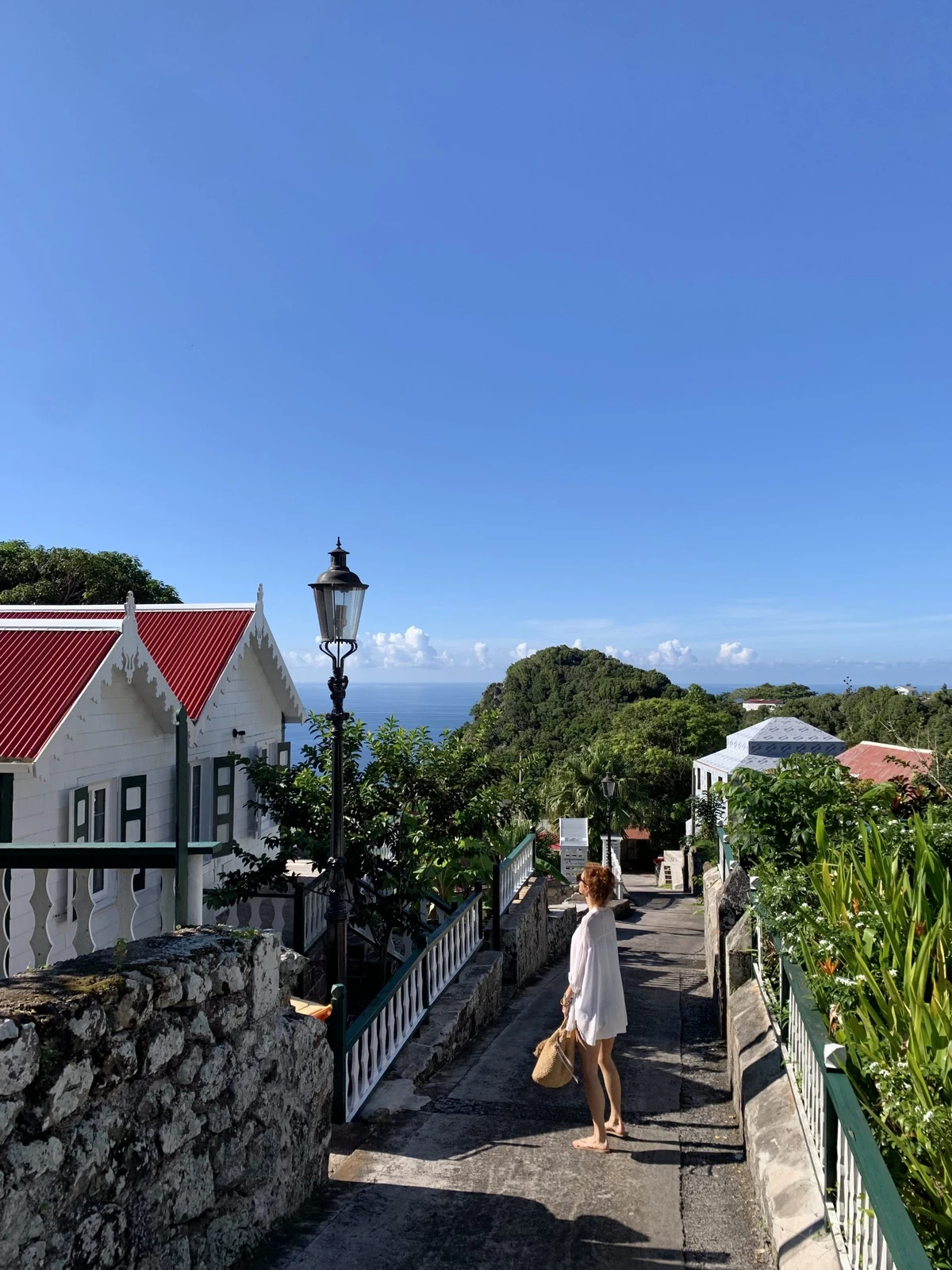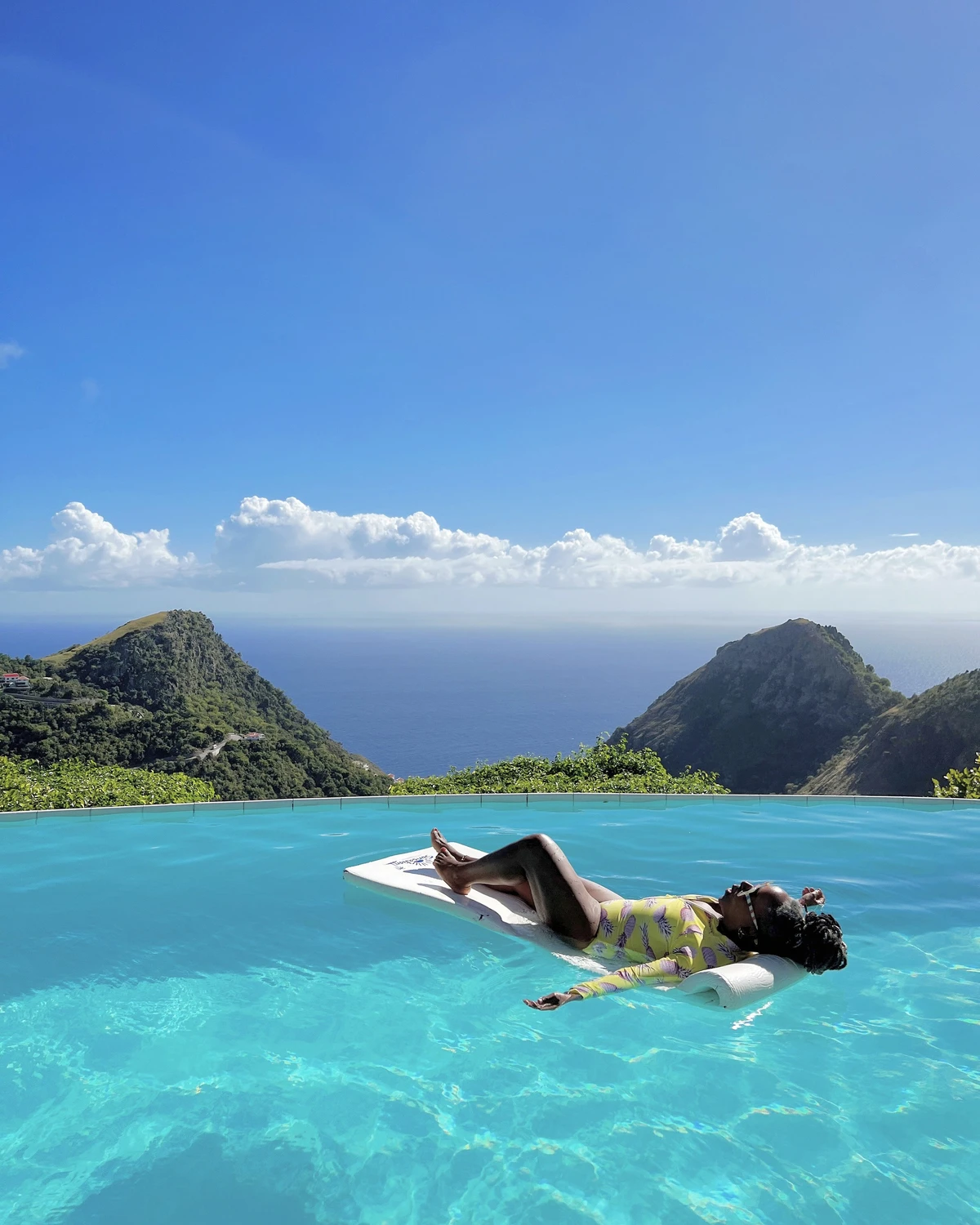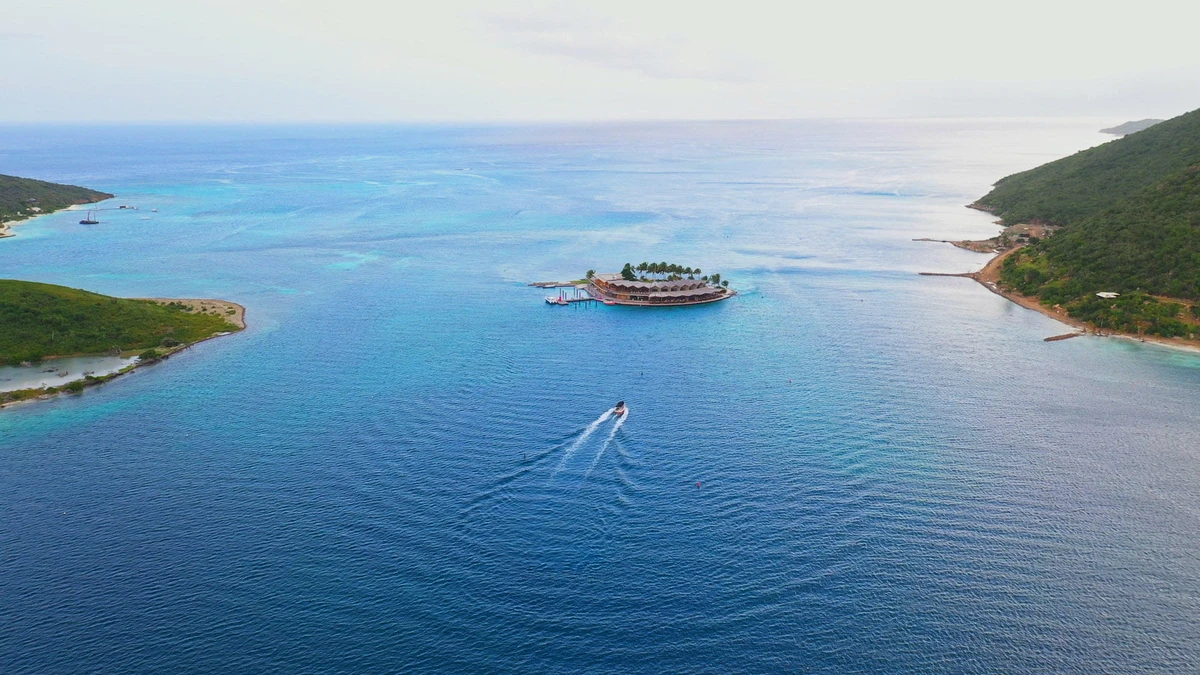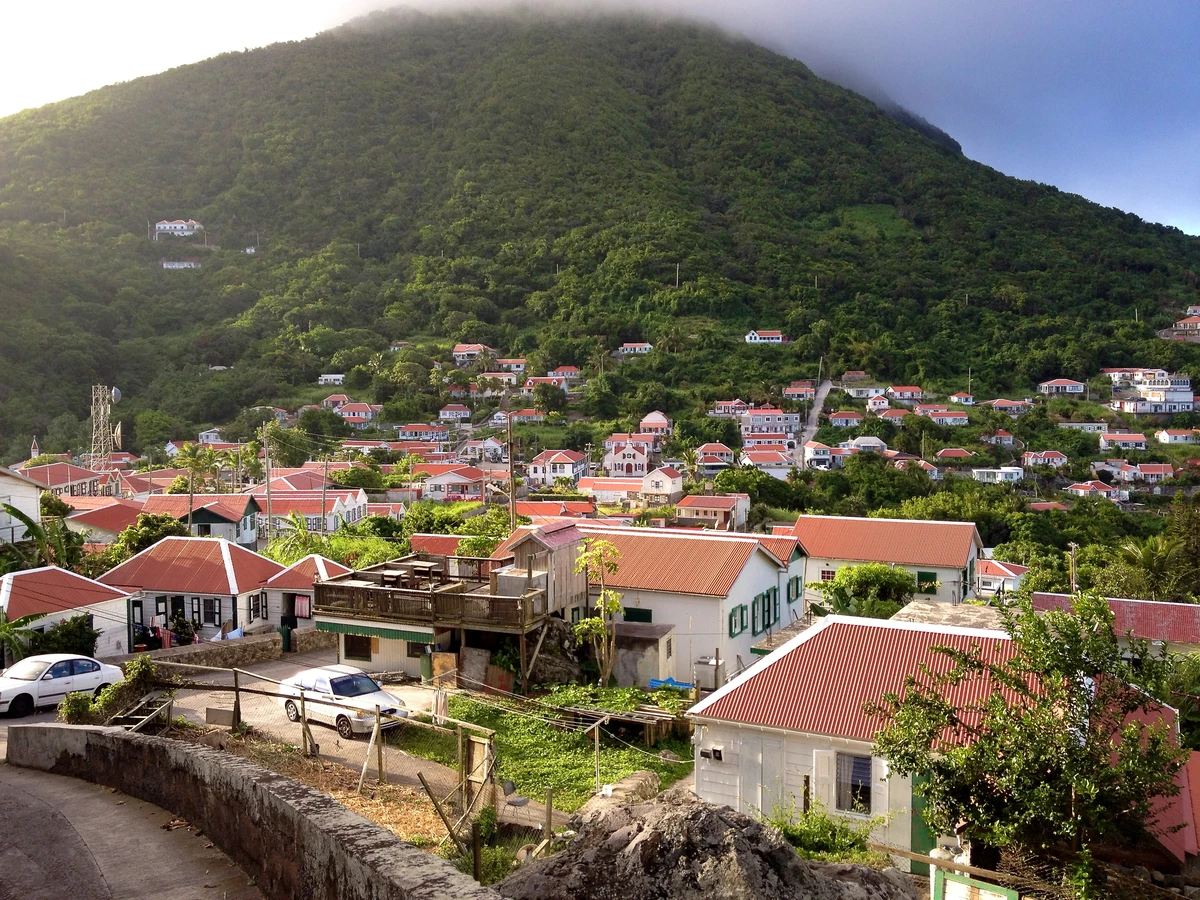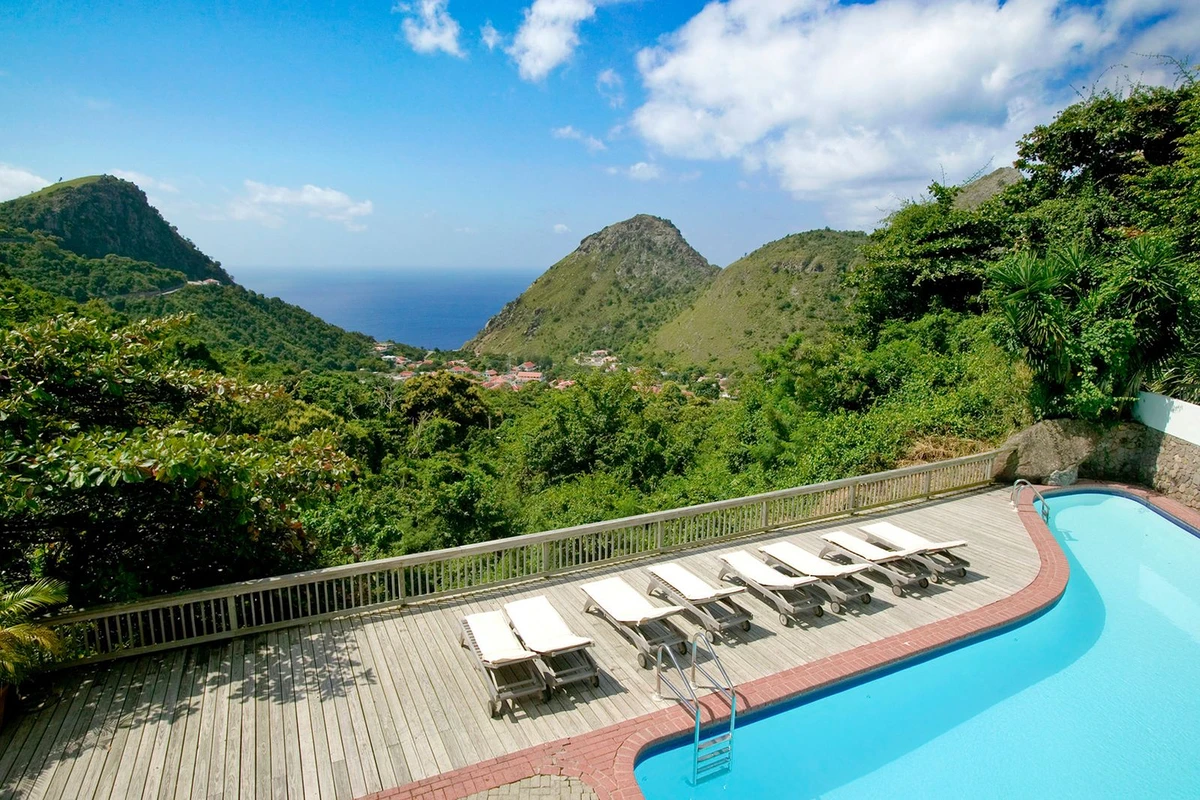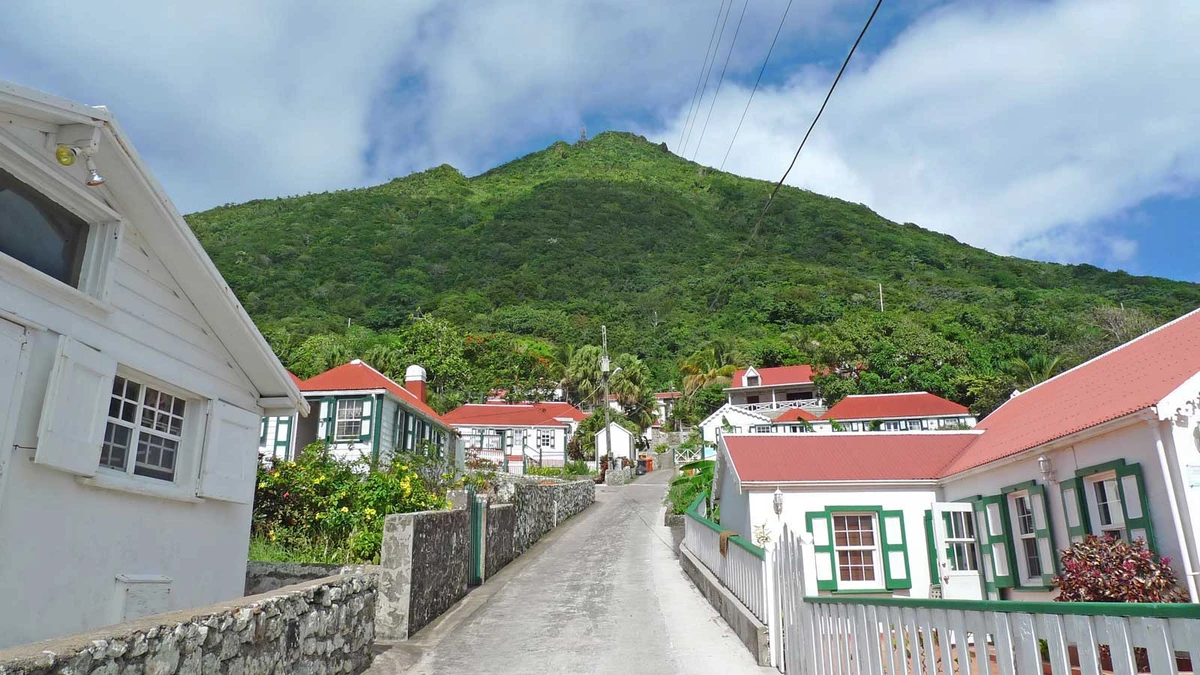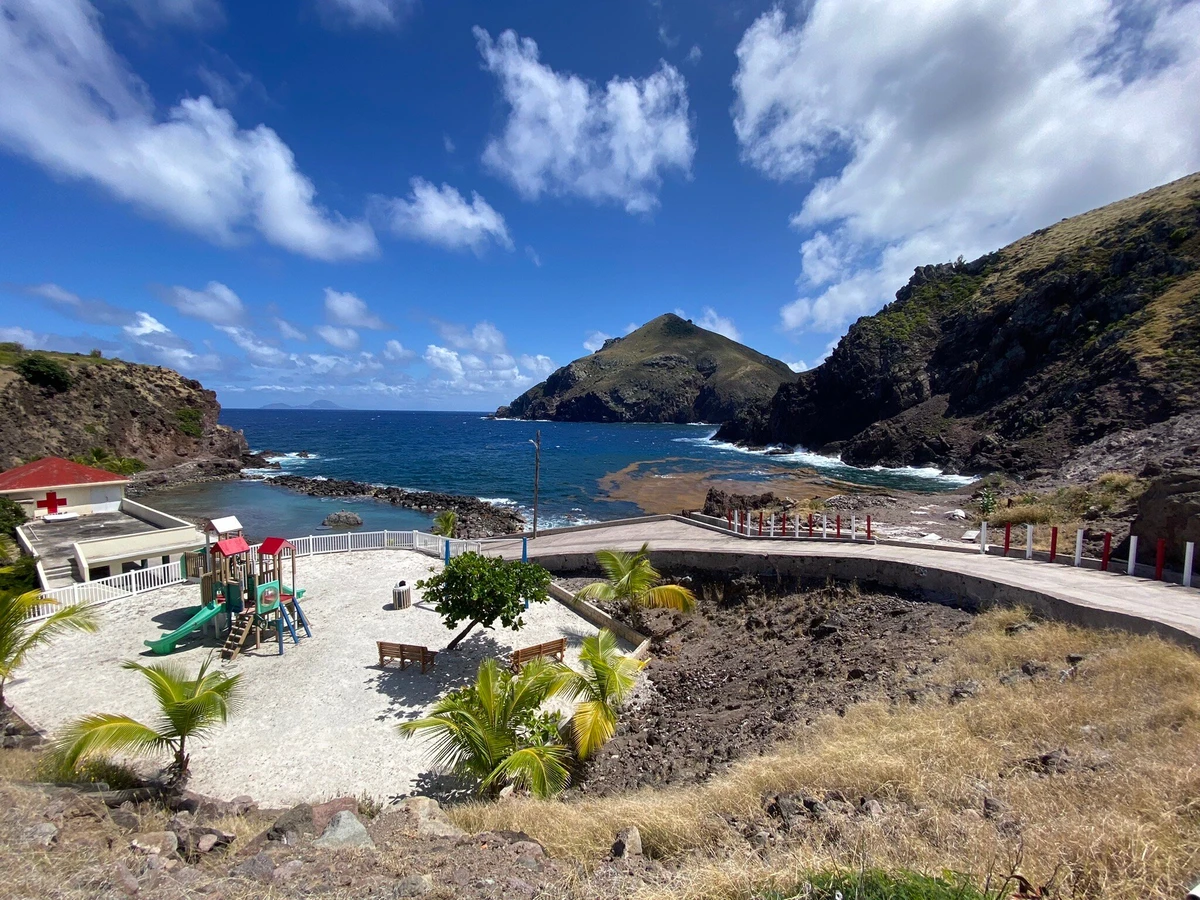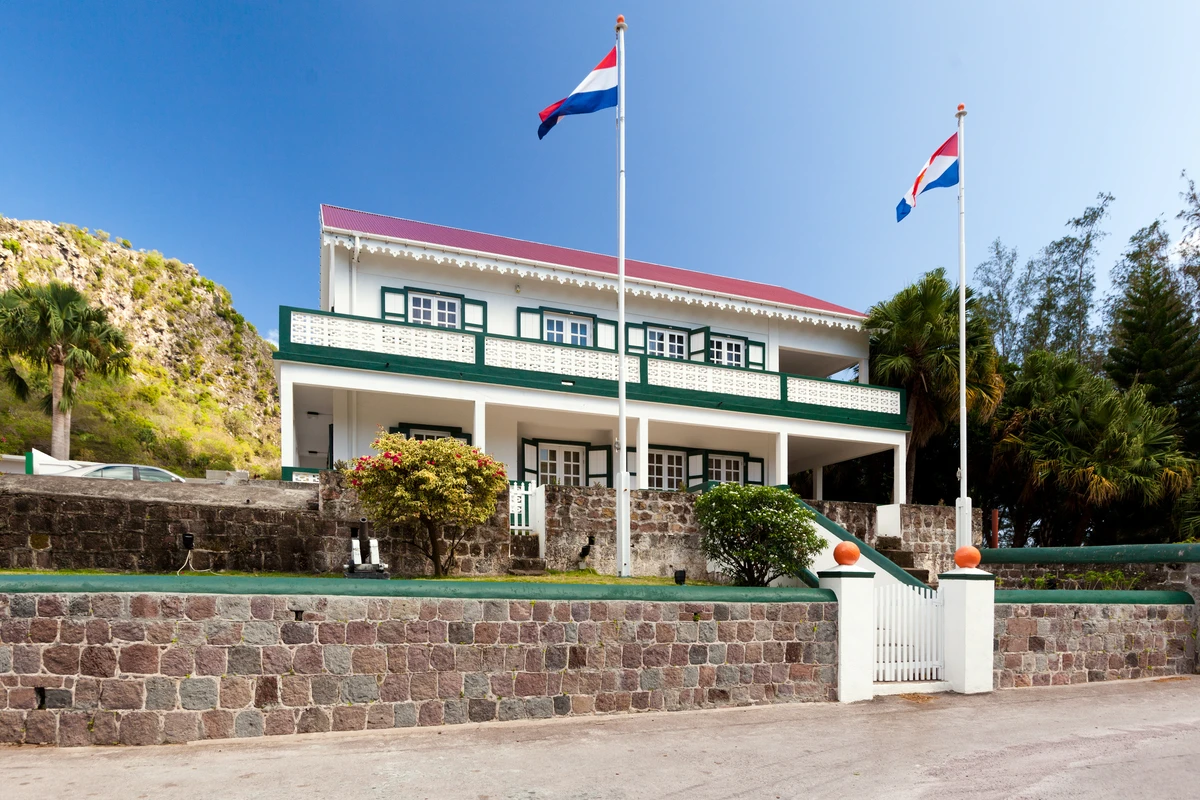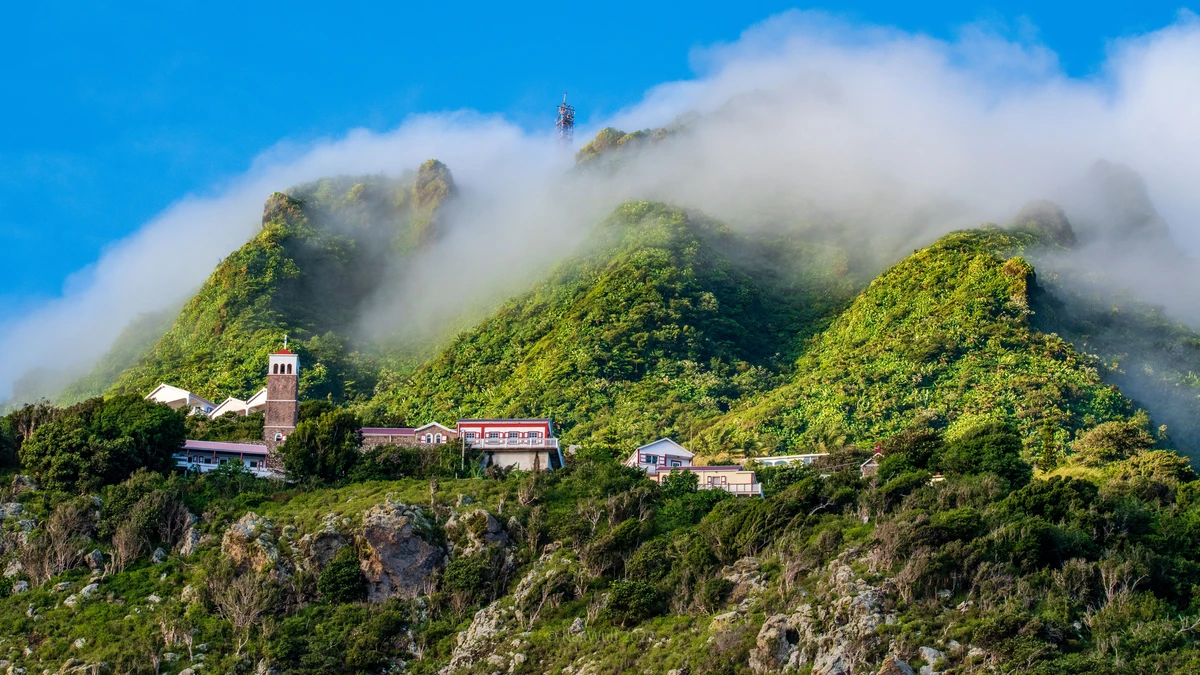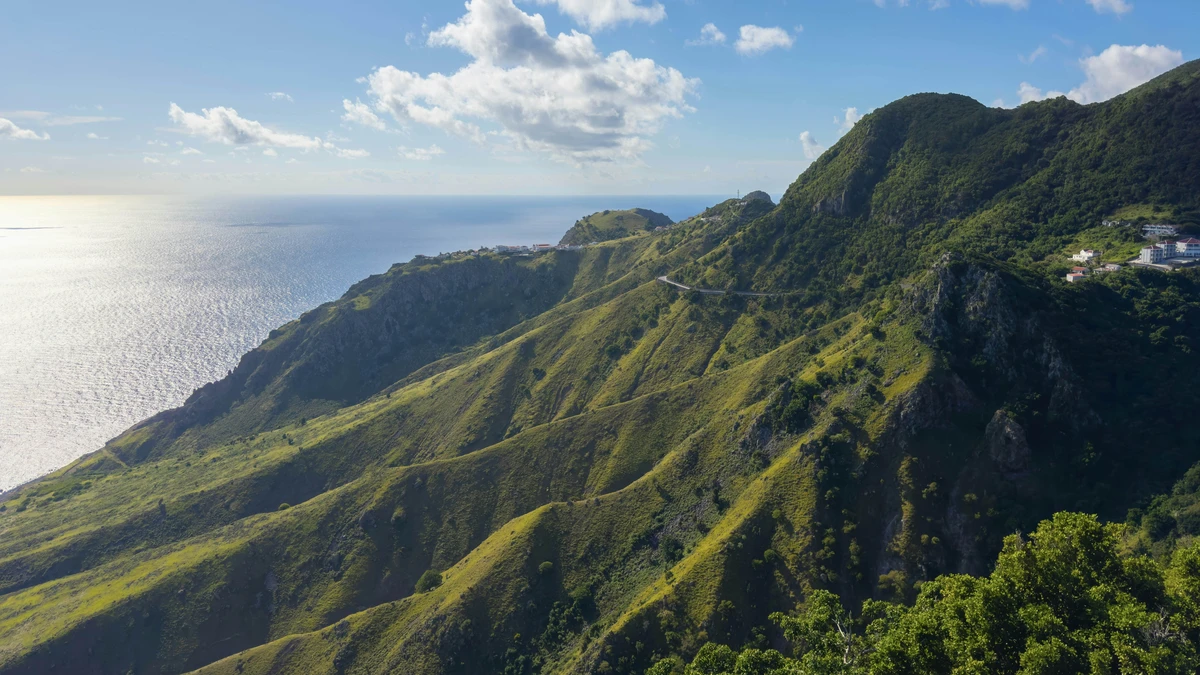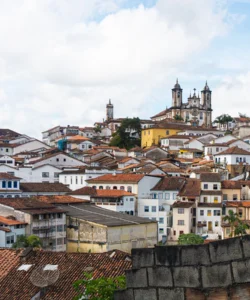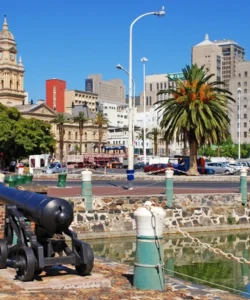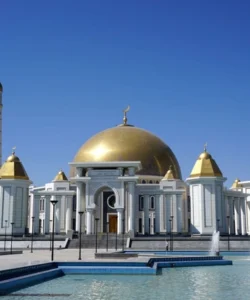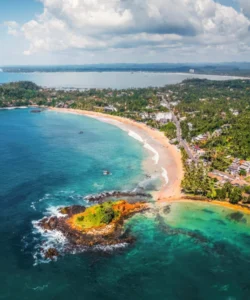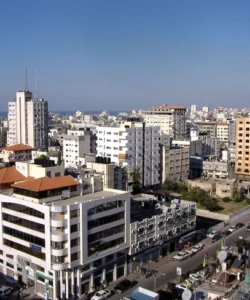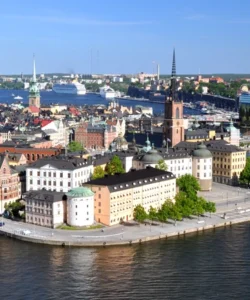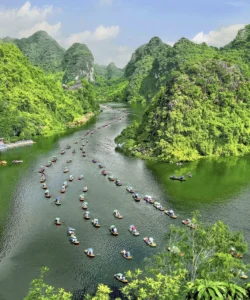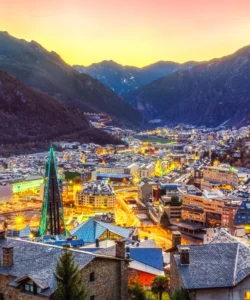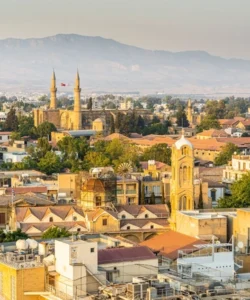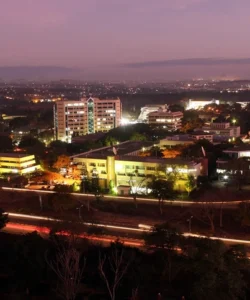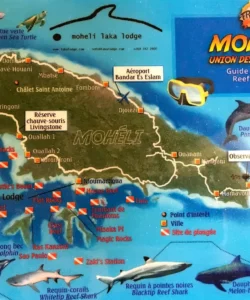Saba is a special municipality of the Netherlands, often called “The Unspoiled Queen” of the Caribbean. It’s a tiny, unique island characterized by its dramatic volcanic landscape, lush rainforest, and lack of traditional flat beaches. Instead, it offers incredible diving, hiking, and a tranquil, welcoming atmosphere.
![]()
Here’s a detailed overview:
- Area: Approximately 13 km² (5 sq mi). It’s the smallest inhabited island of the former Netherlands Antilles.
- Population: Estimated at around 2,091 people as of January 2025.
- Language: The official languages are Dutch and English. English is the primary language used in everyday life.
- Currency: United States Dollar (USD).
- Religion: Predominantly Roman Catholic and Anglican, reflecting its historical influences.
- Capital: The Bottom.
- Major Cities/Towns: The Bottom, Windwardside, Hell’s Gate, St. John’s.
Attractions & Wonders:
Saba’s attractions are geared towards nature lovers, divers, and hikers.
- Mount Scenery: The highest point in the Kingdom of the Netherlands (and on Saba), an active but dormant volcano. Hiking to its cloud-shrouded summit (887 meters or 2,910 feet) is a popular activity, offering lush rainforest, diverse flora, and panoramic views on clear days.
- Saba National Marine Park: This protected marine park surrounds the entire island and is Saba’s crown jewel. It’s renowned for its pristine, vibrant coral reefs, volcanic pinnacles, and abundance of marine life, making it one of the top diving destinations in the world. Dive sites include “The Pinnacles,” “Man O’ War Shoals,” and various walls and caverns.
- The Ladder: A historic stone staircase with 800 steps leading from the sea to The Bottom, once the main point of access to the island before the road was built. It offers a challenging hike and a glimpse into Saba’s past.
- The Road: Famously built by hand by the local inhabitants against expert advice, this winding and steep road connects the island’s main villages. Driving it is an experience in itself, with hairpin turns and dramatic views.
- Tide Pools (Flat Point): Located on the northern side, these natural pools are formed by volcanic rock and offer a unique swimming experience, especially at low tide.
- Museums:
- Harry L. Johnson Museum (Windwardside): Housed in an old Saba home, showcasing local history and artifacts.
- The Dutch Museum Saba (The Bottom): Explores Saba’s Dutch heritage.
- Glass Art Galleries: Saba has a small but thriving community of glassblowers and artists, with galleries showcasing unique local artwork.
- Hiking Trails: Numerous well-maintained trails crisscross the island, offering diverse ecosystems from dry coastal areas to lush cloud forest.
Architecture:
Saba’s architecture is distinctive and charming, characterized by its traditional white-painted wooden houses with green shutters and red roofs.
- Traditional Saba Homes: These quaint, often gingerbread-trimmed cottages are meticulously maintained and dot the hillsides of the villages. Their simple, elegant style reflects the island’s unique heritage.
- Village Layout: The villages like Windwardside and The Bottom are nestled into the volcanic slopes, with buildings often built on different levels connected by steep pathways and steps.
- No High-Rise Buildings: Due to the terrain and local regulations, there are no large resort complexes, maintaining the island’s unspoiled charm.
Roads:
Saba has one main road, simply called “The Road,” which winds its way from the airport at sea level up through the various villages to Hell’s Gate. It’s an engineering marvel, incredibly steep and winding with sharp turns, but generally well-maintained. Driving requires caution due to the inclines and narrow sections. Taxis are readily available, and driving yourself in a rental car is also an option for experienced drivers. There are no traffic lights on the island.
Hotels:
Accommodation on Saba is boutique and intimate, reflecting the island’s tranquil atmosphere. There are no large resorts.
- Queen’s Gardens Resort (The Bottom): Offers luxurious villas with private pools and stunning views, nestled into the rainforest.
- Cottage Club (Windwardside): Charming cottages with ocean views and a peaceful atmosphere.
- Willard’s of Saba (Windwardside): A small, elegant hotel known for its tranquility and views.
- Ecolodge Rendez-Vous (Windwardside): Environmentally friendly cottages set in a lush garden.
- Deep Blue Dive Centre & Hotel (Fort Bay): Caters specifically to divers, located near the pier.
Restaurants:
Saba’s culinary scene is surprisingly diverse for such a small island, offering a mix of local Creole flavors and international cuisine, often with spectacular views.
- The Gate House (Hell’s Gate): Known for its fine dining and panoramic views.
- Zuzu’s at The Edge (Windwardside): Popular for casual dining and pizzas.
- My Kitchen (Windwardside): Highly-rated for its innovative cuisine and intimate setting.
- Brigadoon (Windwardside): Offers fresh seafood and international dishes.
- Tropics Café (Windwardside): Located at Queen’s Gardens Resort, offers fine dining with a view.
- The Hideaway (Windwardside): A relaxed spot for drinks and pub fare.
- Local Eateries: Don’t miss trying local “cook shops” for authentic Sabaean dishes.
Cuisine:
Saba’s cuisine is a blend of Creole, Dutch, and international influences, with fresh seafood being a highlight.
- Staple Foods: Fresh fish, lobster, goat meat, and local vegetables.
- Popular Dishes:
- Saba Lobster: Freshly caught lobster, often grilled or prepared in a thermidor style.
- Goat Meat: Often served in stews or curries, reflecting the prevalence of goat farming on the island.
- Red Snapper: A very popular fresh catch, prepared in various ways.
- Fish Cakes: Fritters made with local fish.
- Plantains: Fried or baked, served as a common side dish.
- Rice & Beans: A staple side dish.
- Saba Spice: A unique local liqueur, often home-brewed, made from rum, spices, and herbs. It’s a popular souvenir.
- Johnny Cakes: Small fried cornmeal flatbreads, sweet or savory.
- Local Baked Goods: Freshly baked breads and pastries are often available.
- Bush Tea: Herbal teas made from local plants.
